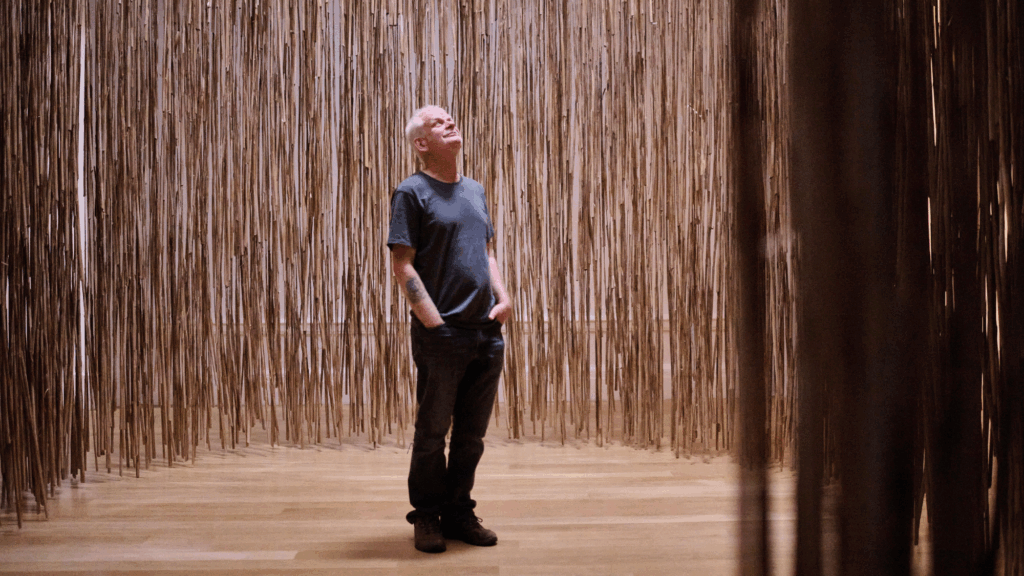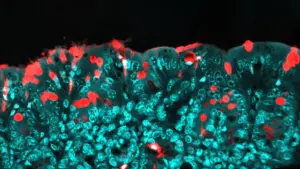
Andy Goldsworthy, the renowned British artist, is showcasing his profound connection to nature in a major exhibition titled “Andy Goldsworthy: Fifty Years” at the Royal Scottish Academy in Edinburgh. This expansive retrospective, which runs until November 2, 2023, features over 200 artworks that span his fifty-year career, highlighting his innovative use of natural materials such as rocks, leaves, and mud.
Critics have long celebrated Goldsworthy’s ability to capture the “magical” qualities of the natural world. In a review for The Sunday Times, Waldemar Januszczak described Goldsworthy as “imaginative, inventive, and poetic,” emphasizing that his work defies easy categorization. Although beloved by the general public, Goldsworthy has often been overlooked by the art establishment, which sometimes dismisses his creations as overly simplistic.
The exhibition aims to rectify this perception, offering visitors a chance to experience the depth of Goldsworthy’s artistry. Jonathan Jones of The Guardian notes that while Goldsworthy loves nature, he does not sentimentalize it. Instead, his pieces invite viewers to confront “the raw sadness and beauty” of the British countryside.
Among the standout installations is a striking sheepskin rug, crafted from discarded materials after shearing, which is laid along the grand staircase of the gallery. The rug is adorned with stains from farmers’ marks and stitched together with thorns, creating a tactile experience that is both visually and physically engaging. At the top of the stairs, a perforated screen made from rusty barbed wire adds an element of intrigue, allowing glimpses into the gallery beyond.
Goldsworthy’s use of color is also notable, with a collection of purple watercolors made from “hare’s blood and snow,” showcasing his ability to blend natural elements into his work. Many of his outdoor installations are represented through photographs and videos, such as the “Grizedale Wall,” an elegantly curving stone line nestled within a forest, and the massive snowball he transported from the Scottish Highlands to London’s Smithfield meat market in June 2000.
Alastair Sooke, writing for The Daily Telegraph, highlights the political dimensions of Goldsworthy’s art. The artist engages with issues surrounding agricultural land and labor, addressing contentious topics like land ownership and access. This thematic exploration manifests through recurring motifs of walls, fences, and “cracks and fissures.”
One of the exhibition’s poignant installations, “Gravestones” (2025), features an arrangement of stones displaced from cemeteries in Dumfries and Galloway, where Goldsworthy resides. This artwork serves as a moving meditation on mortality, underscoring the inevitability of death while reinforcing the interconnectedness of life and nature.
In conclusion, “Andy Goldsworthy: Fifty Years” offers a comprehensive view of an artist whose work is both “beautiful and raw.” The exhibition not only celebrates Goldsworthy’s artistic journey but also seeks to elevate his status within the contemporary art landscape. Visitors to the Royal Scottish Academy can expect to leave with a deeper appreciation for the intricate relationship between art and the environment.







